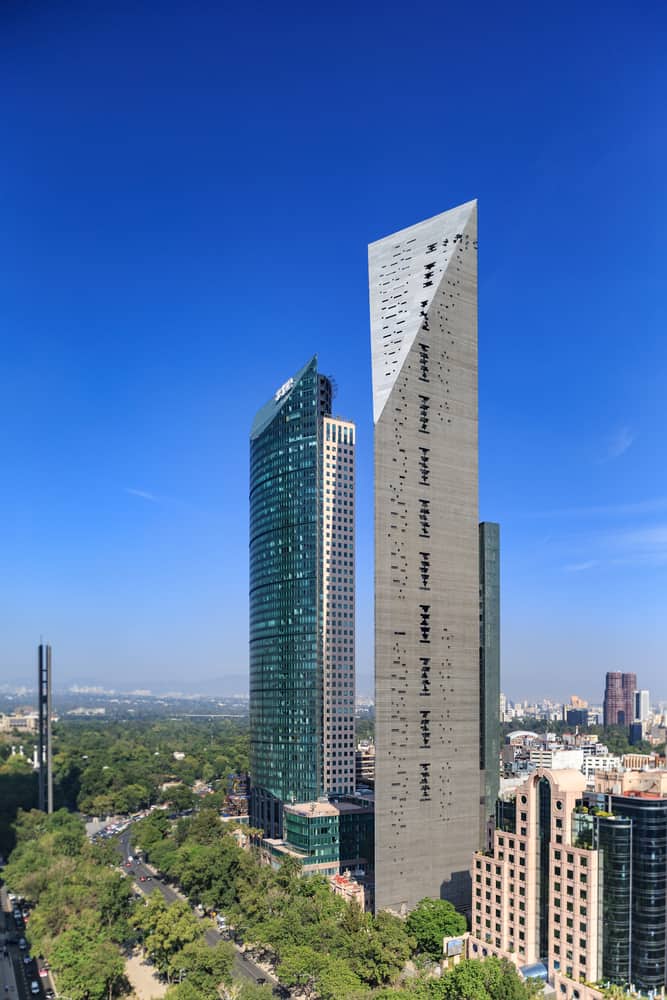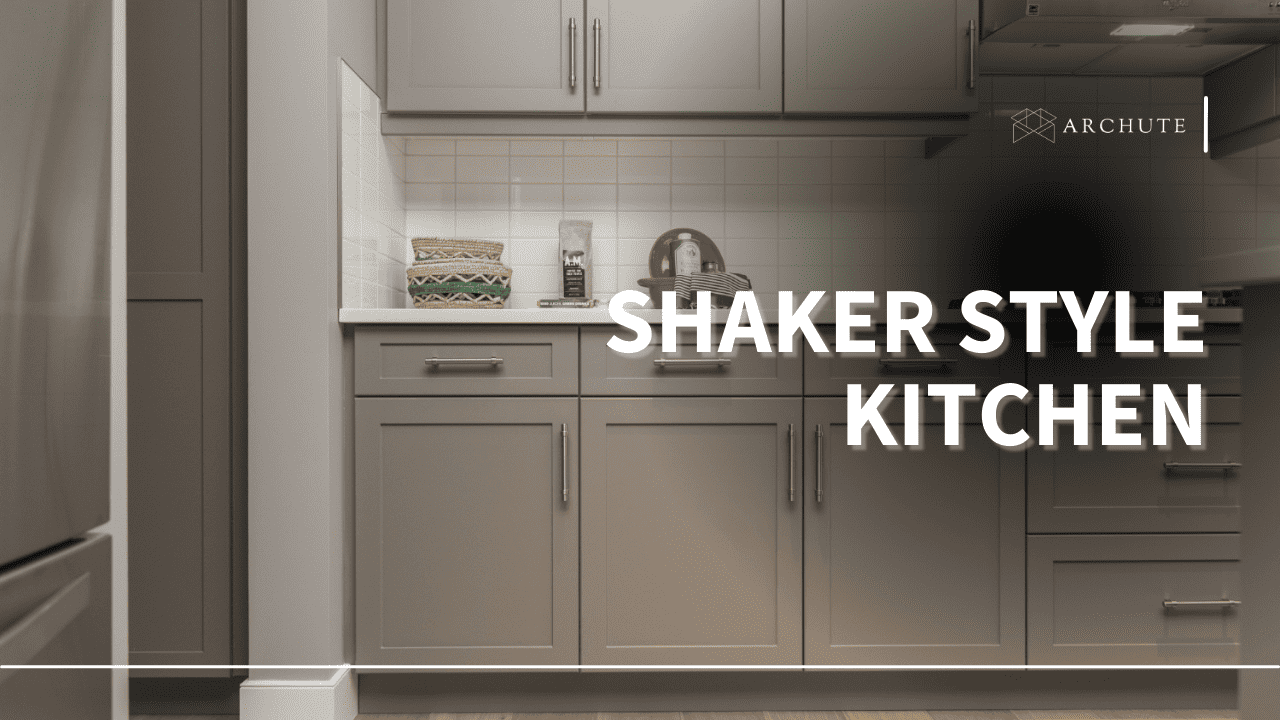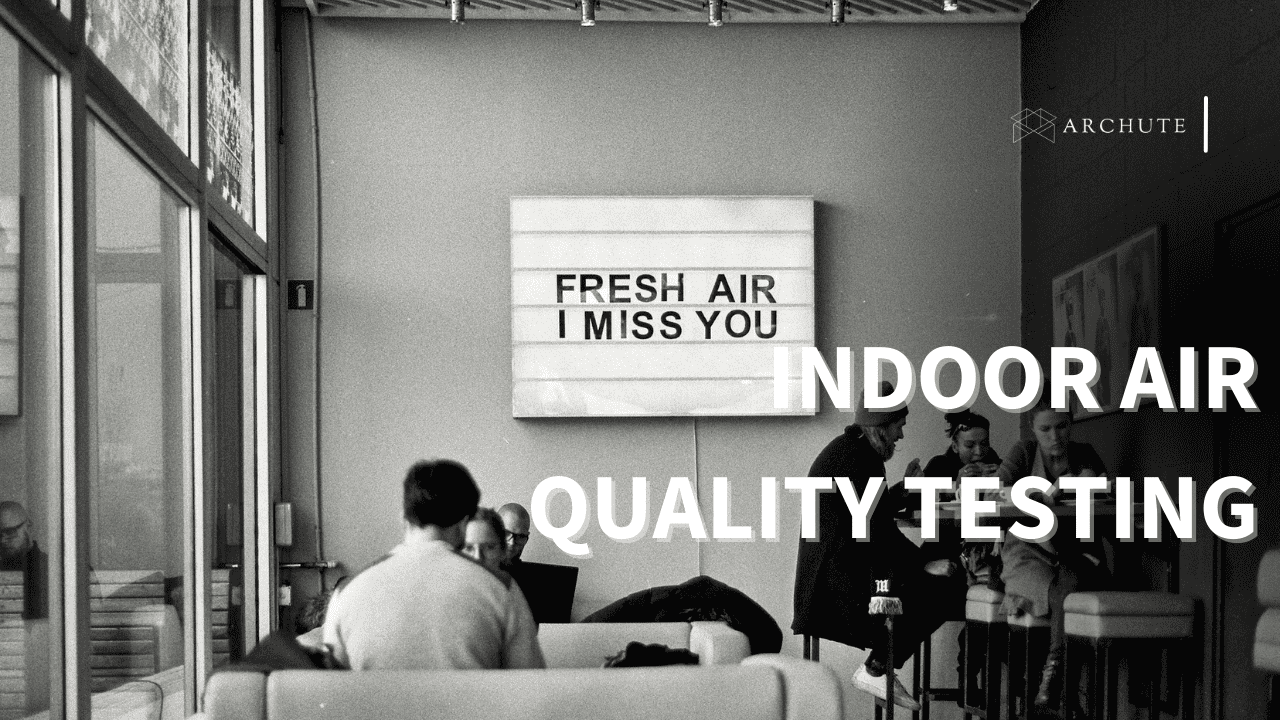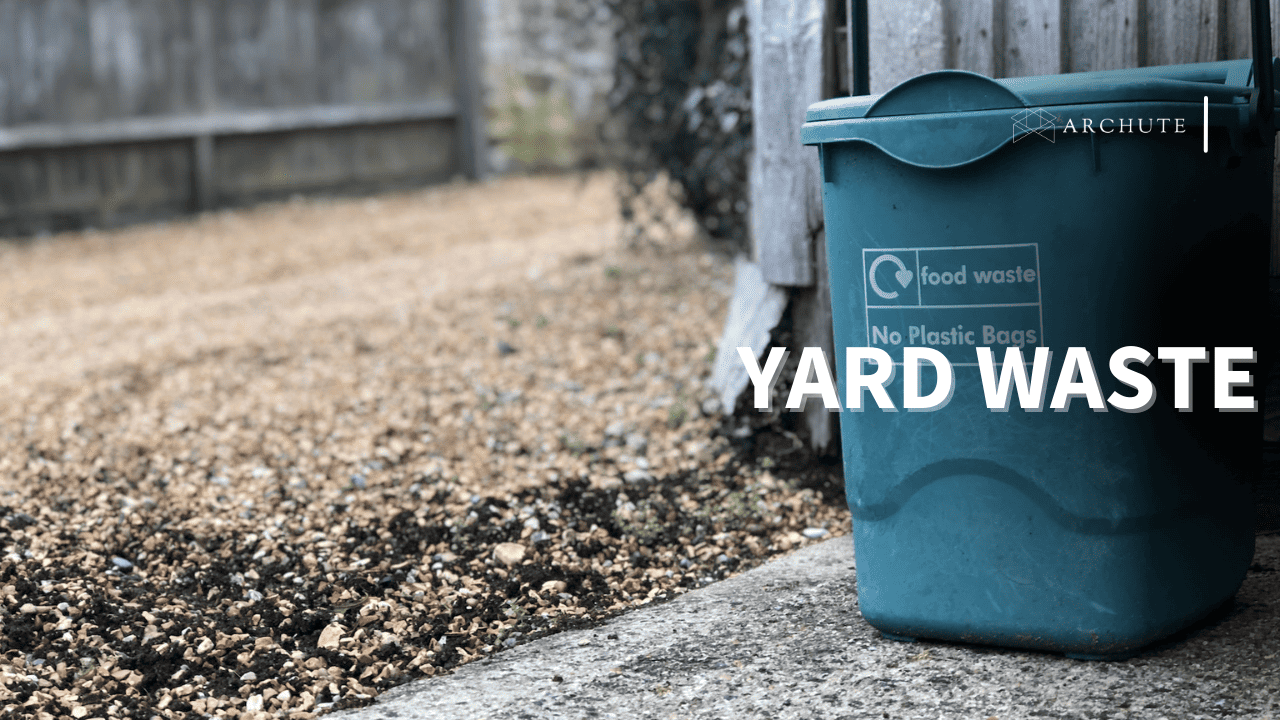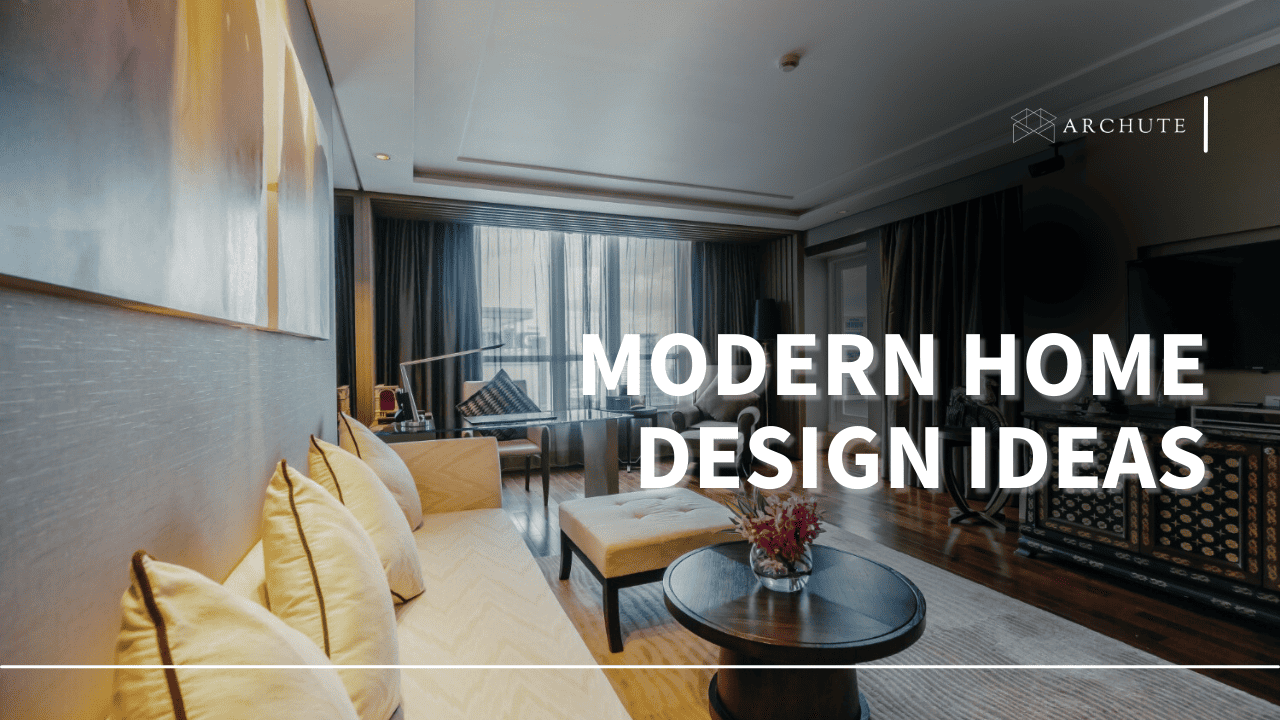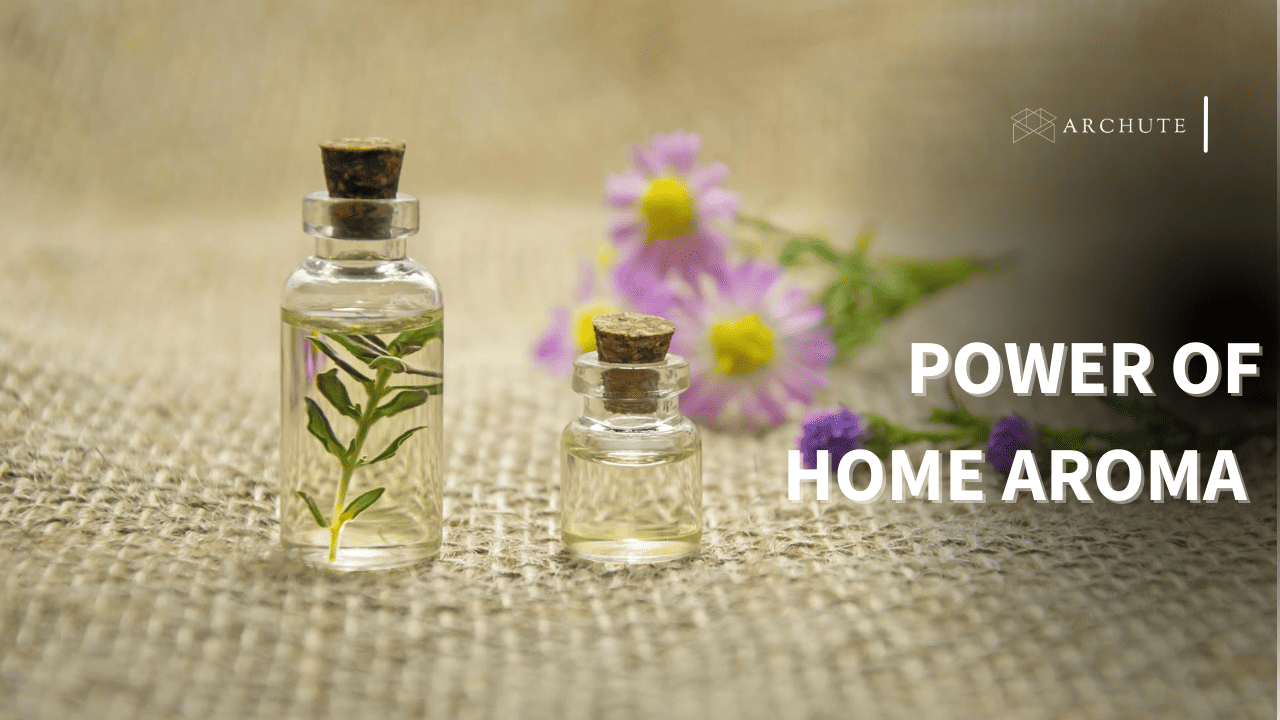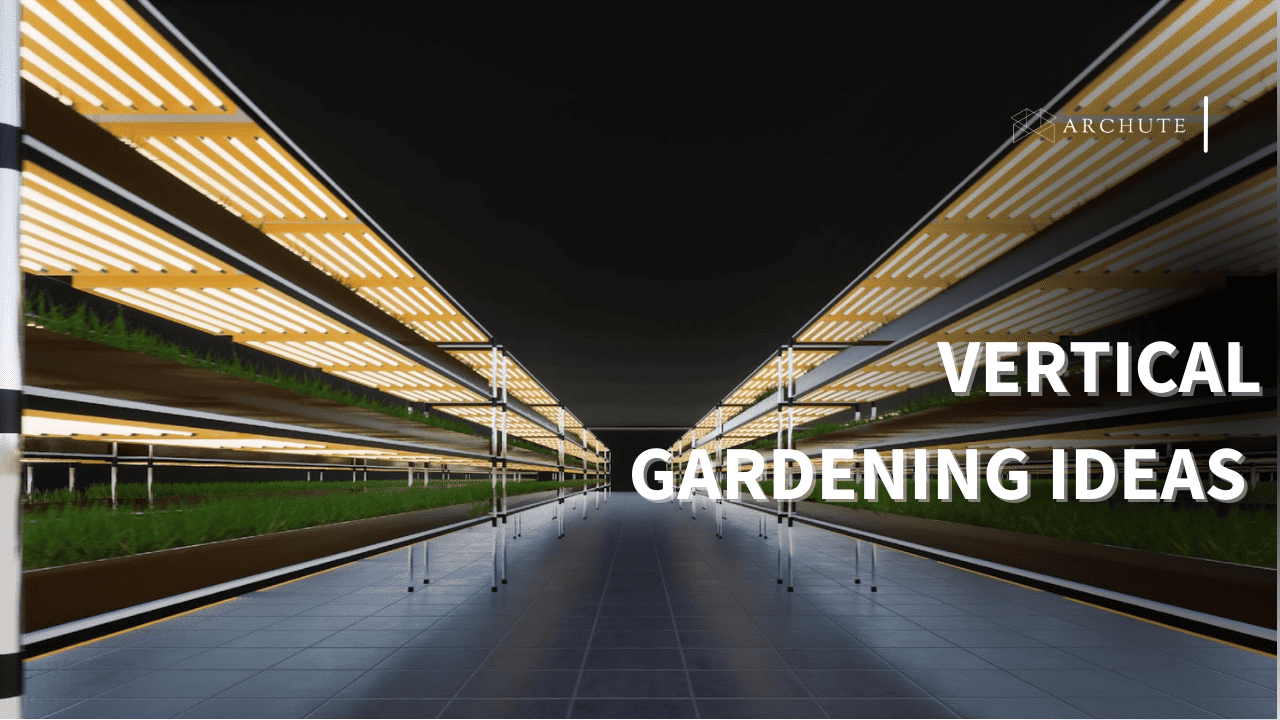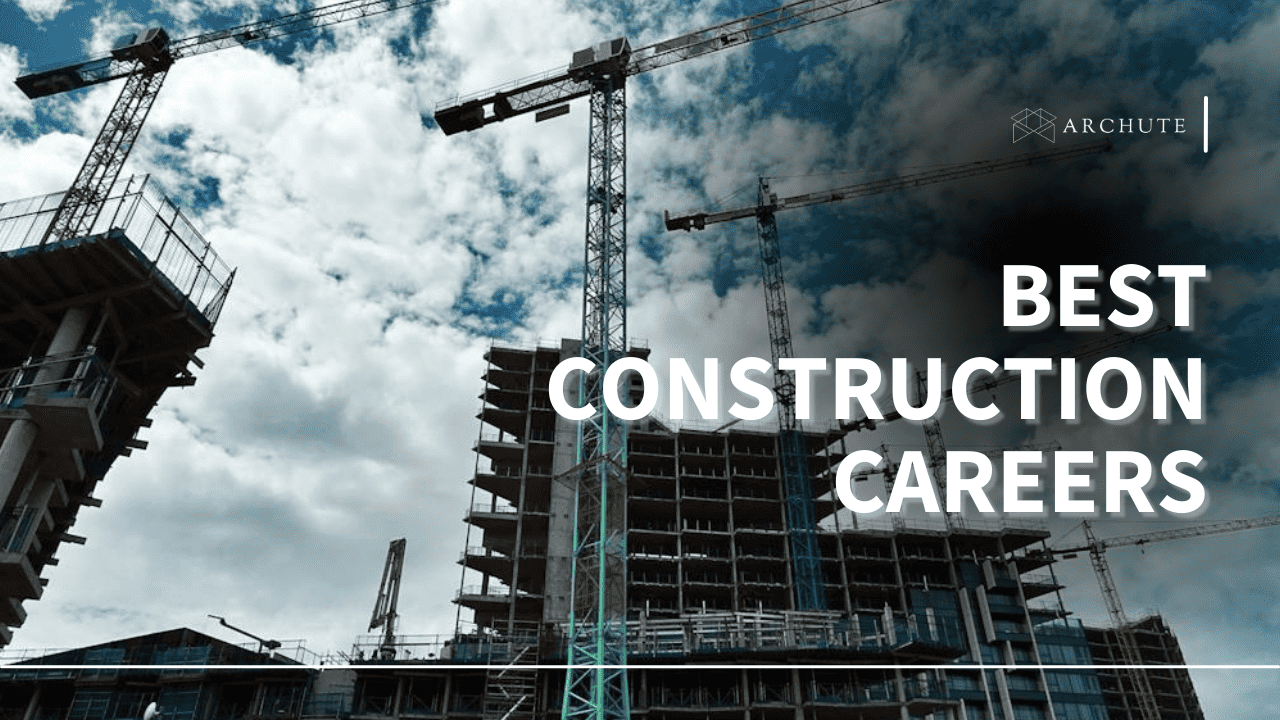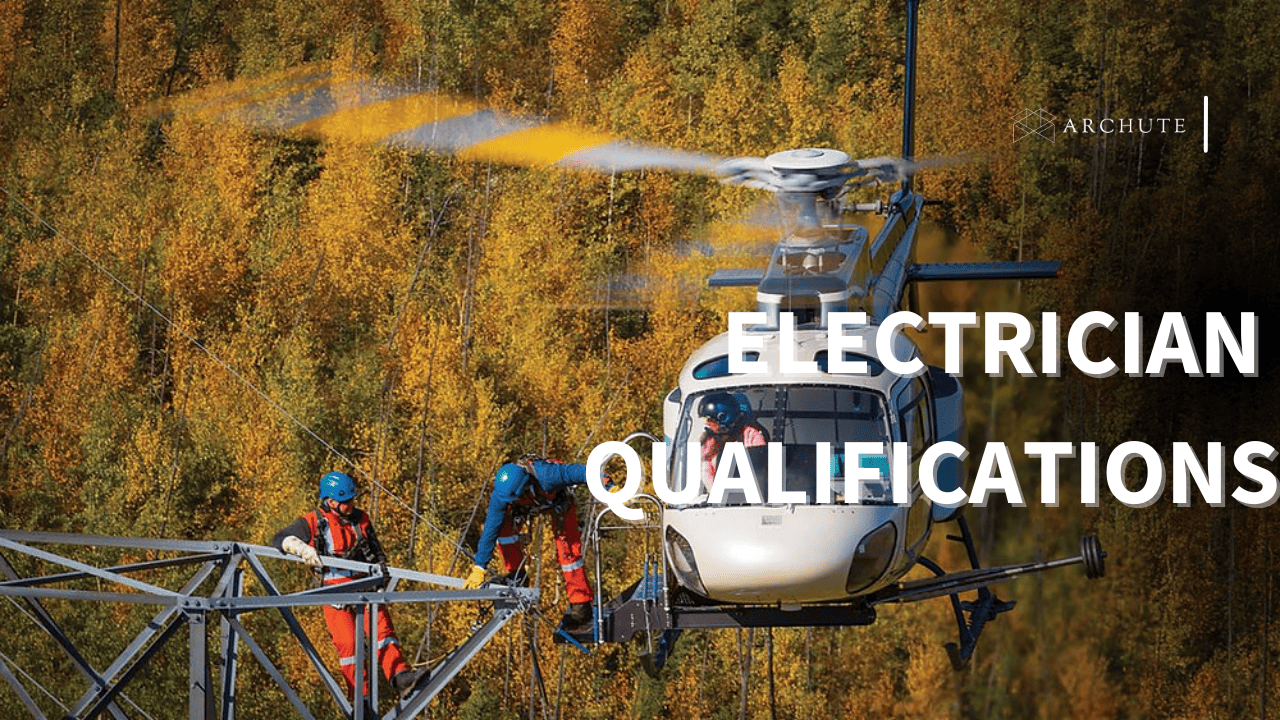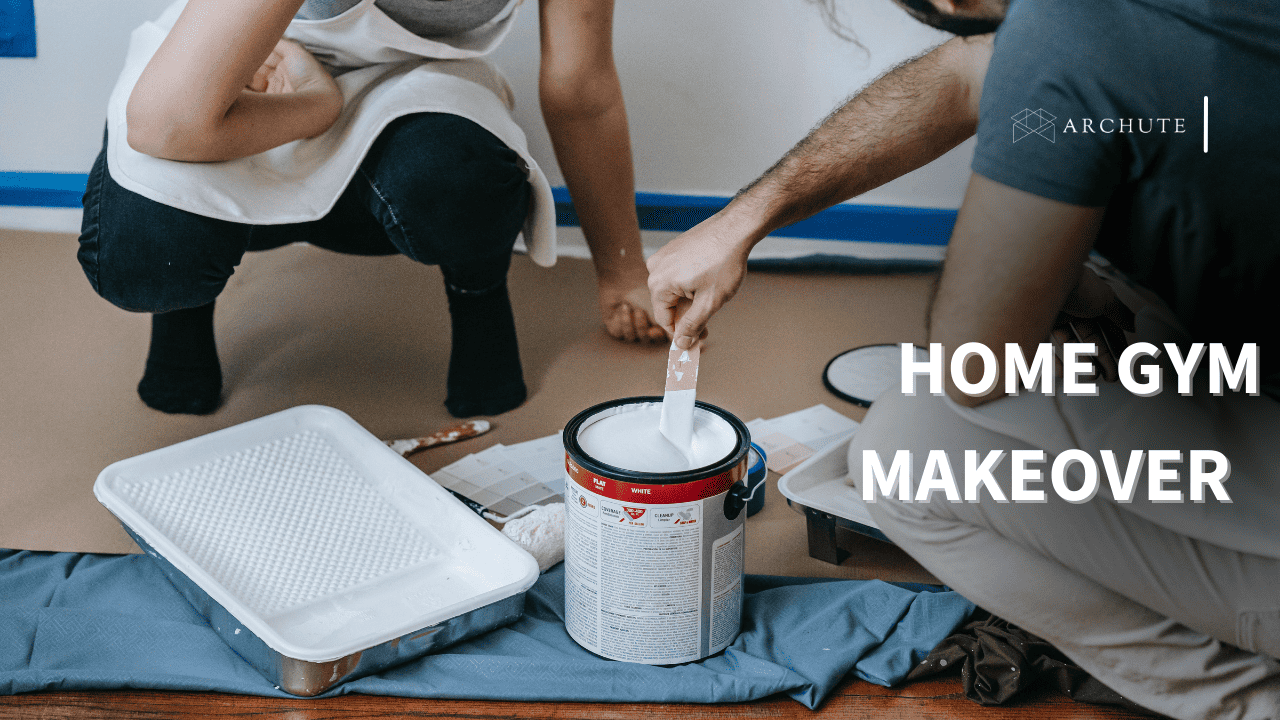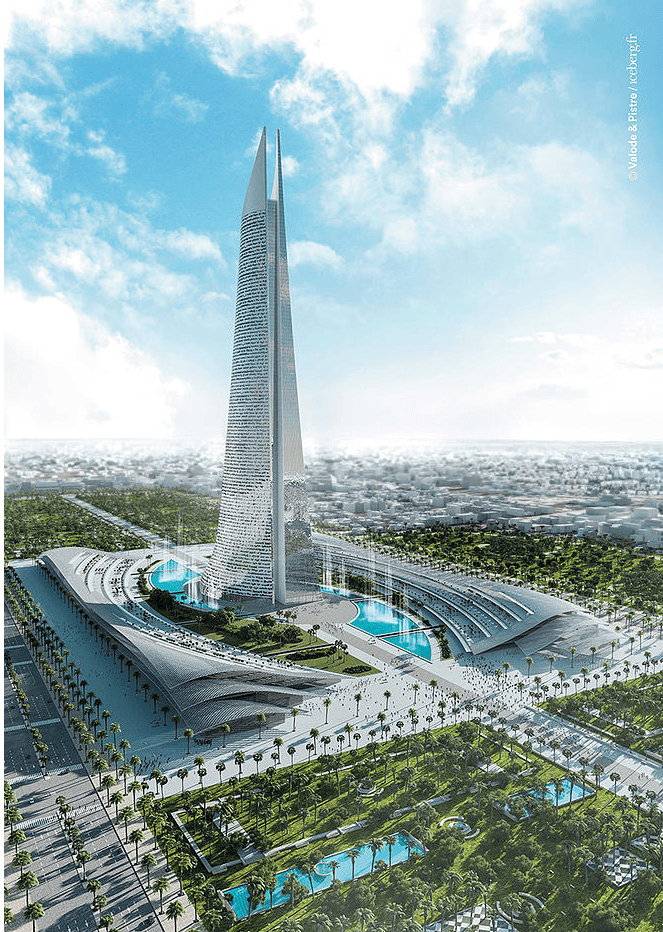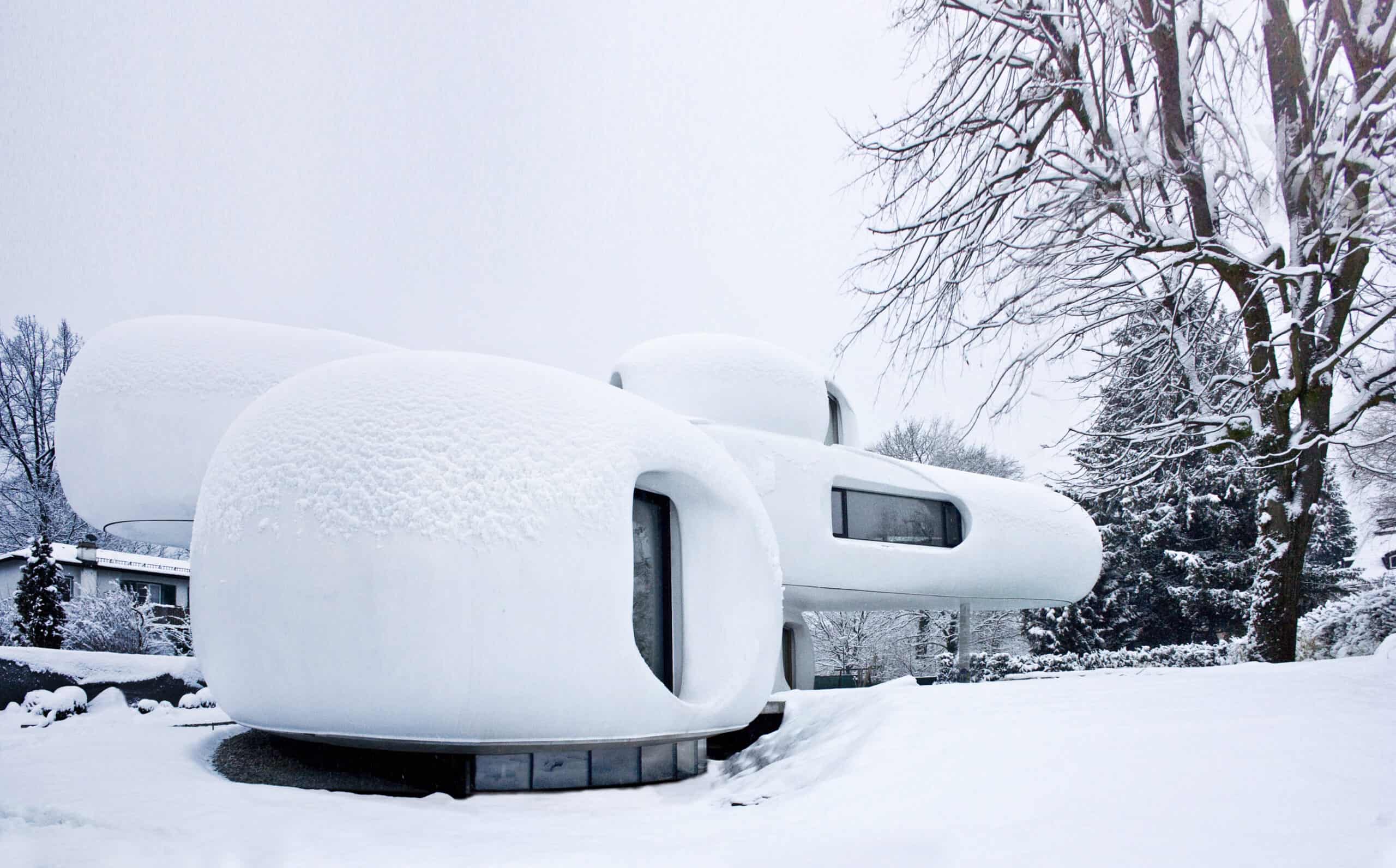Overlooking the 686-hectare Chapultepec Park is a three-sided 57-storey skyscraper situated on Paseo de la Reforma Avenue in Mexico City. Around it, a metropolitan bursting with growth and a lot of seamless vegetation features several high standing modern buildings. Along the wide Paseo de la Reforma Avenue, a 246-metre high building stands with some sort of magnificence, as if to depict Mexico City’s status as a hub of architectural activity. LBR + A lead by Architect Benjamin Romano designed Torre Reforma to be a unique kind of tower.
In a neighbourhood with so much diversity, and containing the largest city park in the Western Hemisphere, Torre Reforma is now the tallest building in the city – at least until Torre KOI, a new 280-metre high skyscraper – is completed.
The lead architect, Romano, insinuates that this is only the beginning for skyscrapers in the city. Housing 89,000 square metres of floor area, the project is a mixed use development built to cater for offices and retail. In its design, the architects employed clusters. It was divided into four-storey clusters, 14 of them in total to emphasise the idea of having a building within a building. Each of the clusters has its own interior garden to foster the ideas of the vertical garden seen mostly in Jean Nouvel and Vo Trong Nghia’s projects.
The building whose footprint is only 2,800 square metres has a sculptural shape which the architects say was informed by several factors including environmental sustainability. Two concrete walls meet to form a sharp edge. The top of the tower has been chamfered to satisfactorily finish a great sculpture by emphasizing on the top triangular plane. The architects cut slits on the concrete facades to light up the gardens with natural daylight.
Inspired by Pre-Hispanic and Colonial Mexican architecture when solid materials were very common, the architects used concrete designed to slightly bend during an earthquake considering Mexico City’s proneness to earthquakes. The mechanism that allows the concrete walls to bend without breaking in periods of stress is enhanced by the presence of triple-height windows (located on every four storeys) that dissipate seismic energy.
On the third elevation, a double layered glass wall with a metal diagrid rises every four storeys with open-air terraces that have glass balconies. The glass wall is asymmetrical, and slightly bent at the centre to add a bit of unpredictability on a tower whose two facades are clean symmetrical concrete planes.
The glass façade features horizontal sun-shading elements that protect the interiors from the sun’s heat during the day. The building’s envelope and structure allows for column-free interior space which provides users with very flexible interior spaces.
This project was also as much a conservation project as it was a mixed use development. On site a property built in 1929 was integrated into the tower’s design to form part of the main lobby. To accommodate both the tower and the old historic house, the architects moved the house to provide a new foundation, then put the house back in place without any destruction.
The historic house was restored to recover its urban value, serving as a transition from a small scale at pedestrian level to a high-rise building scale.
Aside from office and retail spaces, Torre Reforma offers sports facilities, restaurants, bars and several meeting rooms. On the ground floor, LBR + A ensured that street activity goes on and opens into the building. A system to recycle rain and waste water has been incorporated into the project which has since earned LEED Platinum pre-certification from the US Green Building Council for its core and shell design.
Project Information
Architects: LBR + A
Lead Architect: Benjamin Romano
Structural design: ARUP New York
Location: Paseo de la Reforma, Mexico City, Mexico
Photography: Alfonso Merchand

